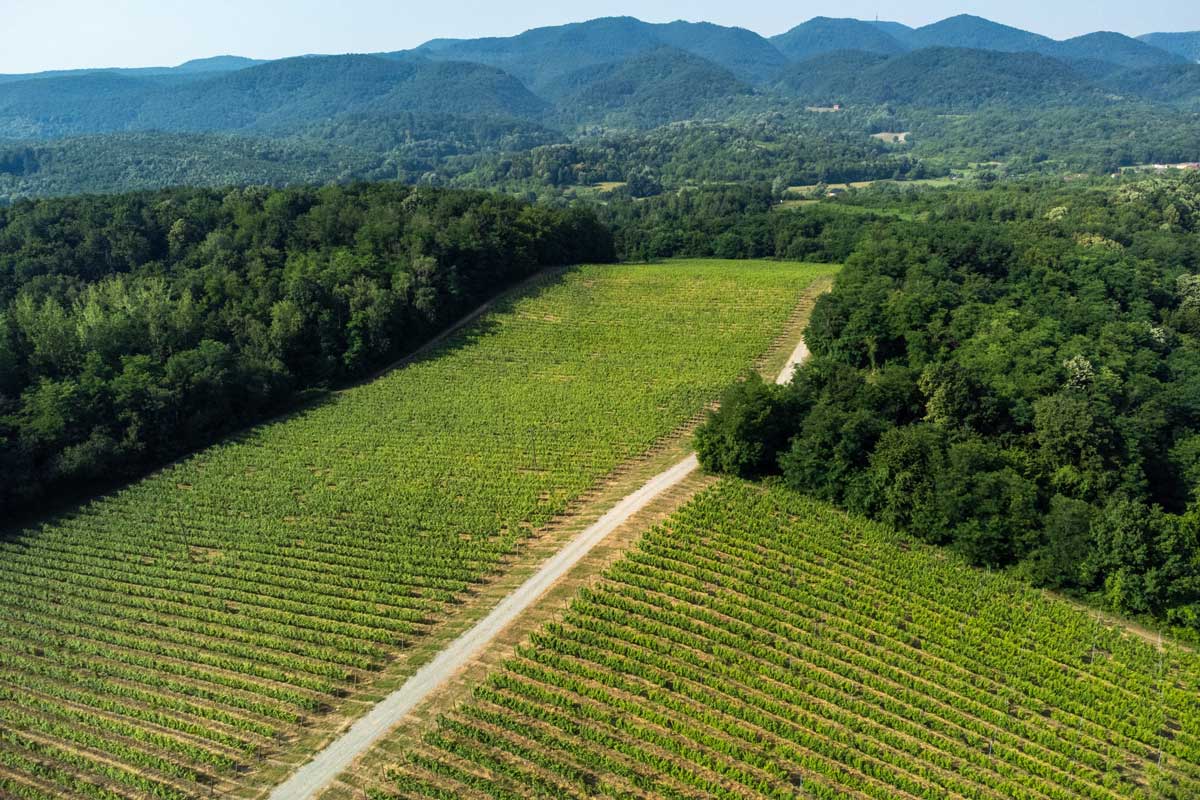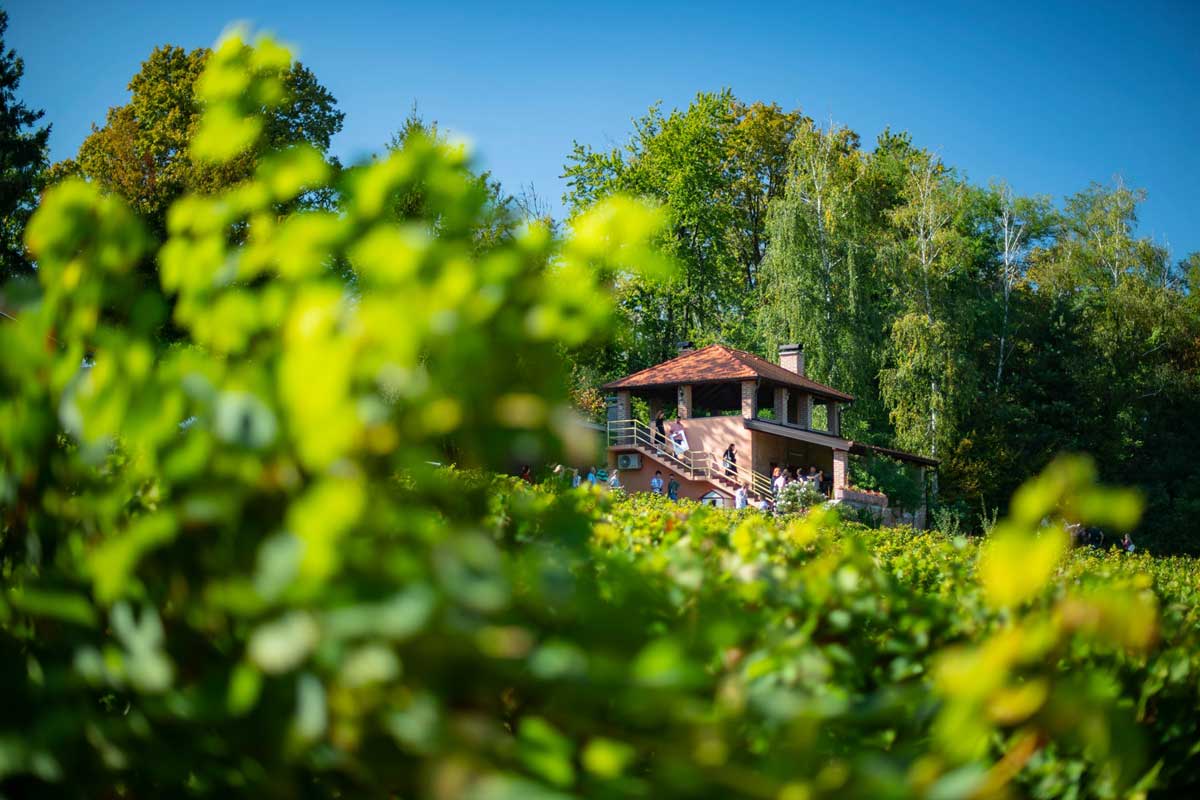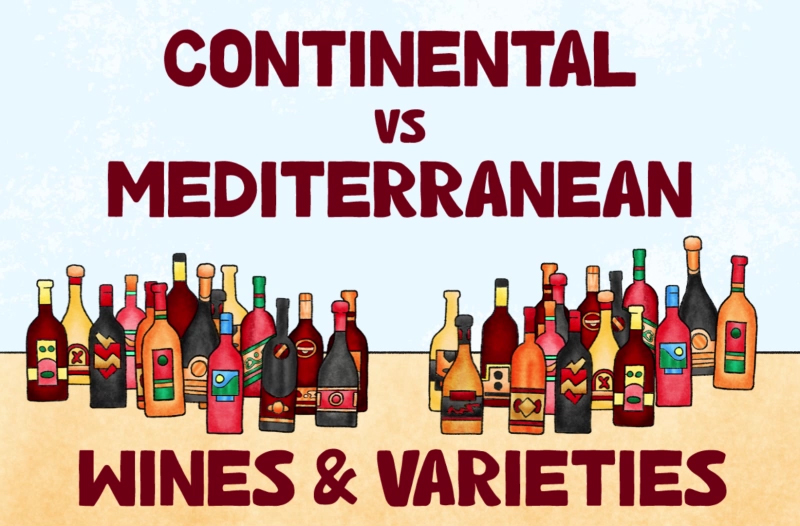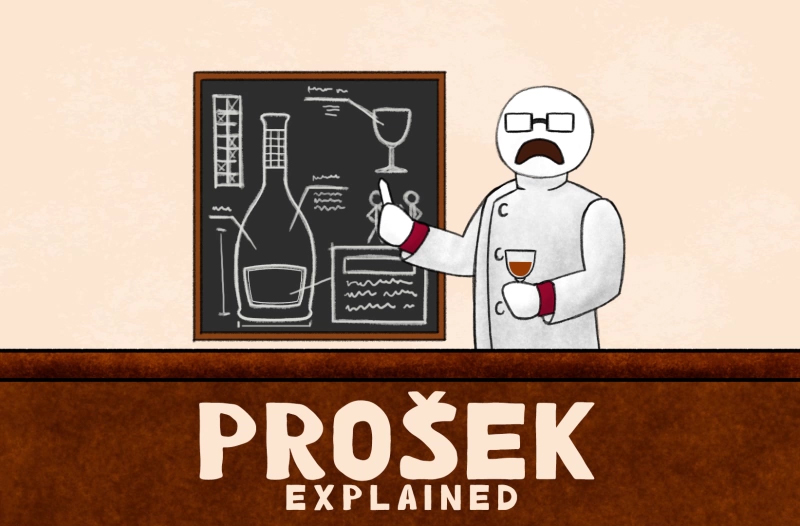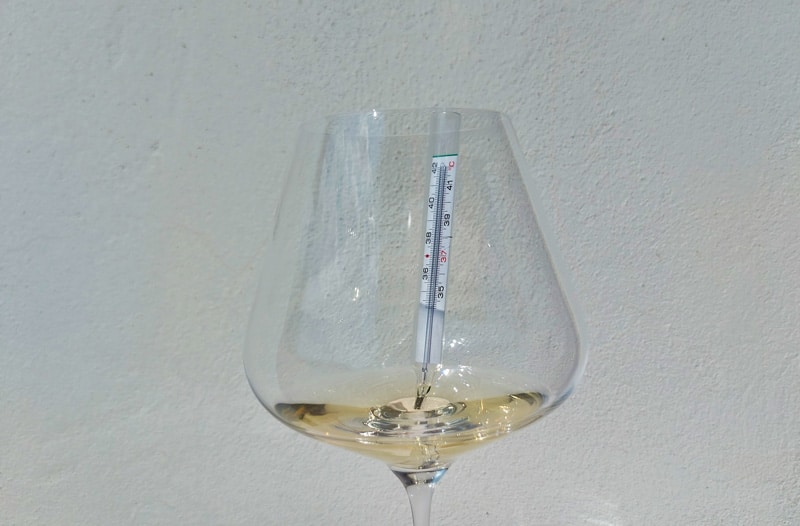Exploring the Diverse Slavonia Wine Types: A Complete Guide
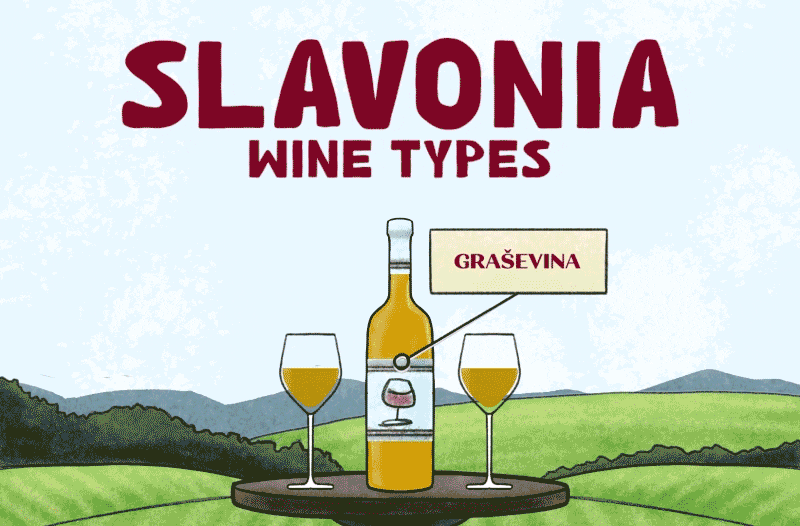
The Slavonia & Croatian Danube wine region is not just another spot on the map; it is a vibrant testament to the tradition and innovation in winemaking that promises an enriching experience for every palate.
This guide will take you through everything from Slavonia’s unique terroir to its top wineries, uncovering why this region’s wines are celebrated across the globe. Did you know that Slavonia produces over 200,000 liters of wine each year? Stay with us as we explore the taste and tradition of Slavonia.
Overview of Slavonia & Croatian Danube Wine Region
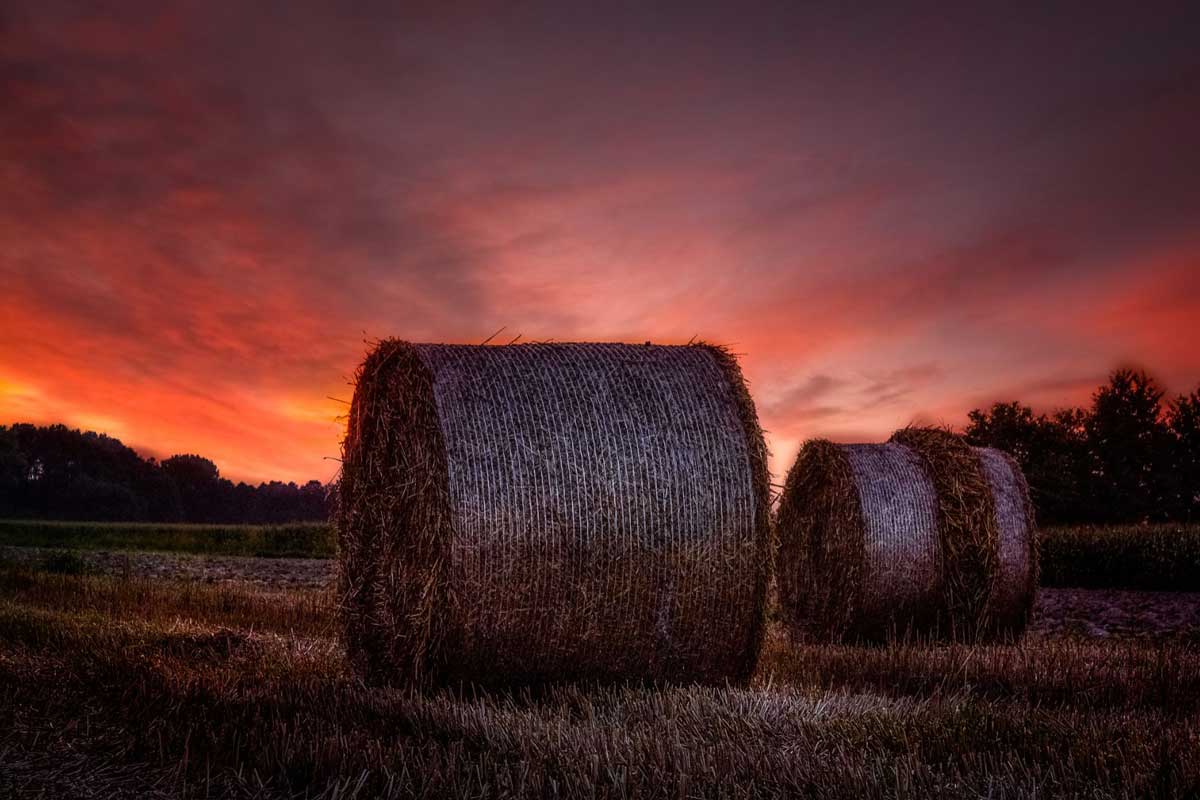
Known for its production of wines that marry quality with affordability, this region thrives under a continental climate favorable for cultivating white grape varieties. These conditions yield fresh, dry, aromatic white wines alongside notable reds.
Central to the identity of Slavonia’s winemaking narrative are its diverse grape varietals such as Welschriesling (Graševina), Pinot Gris (Pinot Grigio), Sauvignon Blanc, Silvaner, Riesling, Pinot Noir, Cabernet Sauvignon, Merlot, Zweigelt among others.
Esteemed estates like Martin Albus epitomize traditional Croatian winemaking by producing affordable single-vineyard wines. This not only underscores Slavonia’s robust capacity but also highlights the region as an essential destination for those exploring international varieties or seeking exceptional wine tourism experiences amidst verdant landscapes steeped in history.
Slavonia’s Unique Terroir
Slavonia’s landscape offers a unique foundation for wine production with its rich soil and diverse climate conditions. These elements combine to create an environment where grapevines thrive, producing wines that stand out in both quality and flavor.
Soil Composition
Slavonia’s unique terroir gets much of its character from a diverse soil composition that includes brown leached to bronze pseudo gleys, stone debris, and pockets of loamy clays. These variations in the soil not only contribute to the distinctiveness of Slavonian wines but also play a critical role in grape cultivation, affecting everything from root growth to mineral uptake.
The specific conditions in Kutjevo, where elevation changes create different microenvironments, foster the ripening process for grapes, allowing them to develop complex flavor profiles in indigenous Graševina wines.
In Baranja, fertile soils stand out as some of Croatia’s most productive for wine-making. This richness directly influences the vigor and quality of vineyards, ensuring that indigenous grape varieties thrive alongside international ones like Chardonnay and Sauvignon Blanc.
It’s impossible to mention Orahovica without thinking of Silvaner, a varietal that graces the vineyards and weaves the fabric of Orahovica’s winemaking narrative.
The careful management of these soils enables vintners in Slavonia to craft wines with notable minerality and depth, setting each bottle apart on both national and international stages.
Continental Climate
Moving from the rich soil composition crucial for viticulture in Slavonia, the continental climate plays a pivotal role in shaping the character of its wines. This type of climate is known for cold winters and hot summers, providing ideal conditions for a wide range of grape varietals to thrive.
Notably, it supports the cultivation of both aromatic white grapes like Sauvignon Blanc and Pinot Gris, and robust reds such as Cabernet Sauvignon and Merlot.
This distinct climate contributes significantly to producing fresh, dry, and aromatic white wines that have garnered international recognition. The sharp temperature variations between seasons also allow for extended ripening periods for grapes.
This results in wines with balanced acidity levels and ripe fruit flavors—a signature characteristic that sets Slavonia’s offerings apart on the global stage.
Topography and Microclimates
The transition from the general continental climate of Slavonia to its specific topography and microclimates reveals a unique environment for vine cultivation. The region boasts varied terrains, ranging from flat plains along the Croatian Danube to rolling hills in other parts.
These geographical features significantly influence local weather patterns, creating distinct microclimates across different areas.
Each microclimate presents a unique set of conditions ideal for cultivating various grape types. For example, cooler areas nestled in valleys are perfect for white grapes that require lower temperatures to retain their fresh aromas and acidity, making them suitable for producing aromatic dry wines.
Conversely, sunnier slopes offer an ideal setting for red varietals that need more warmth to achieve optimal ripeness. This diversity allows Slavonia to produce a wide array of wine styles, fulfilling the demands and tastes of wine lovers globally.
Slavonia’s Grape Varieties: A Closer Look
Discover the unique grape varieties that Slavonia offers, each contributing to the region’s distinctive tastes and rich flavor character.
Graševina: The Queen of Slavonia
Graševina holds a prestigious title as the queen of white grape varieties in Slavonia. This grape is omnipresent in Slavonia’s fertile lands, producing wines celebrated most for their crisp acidity and refreshing palate.
These qualities make Graševina not just popular but highly versatile, apt for various occasions, and suited to many palates.
Esteemed across Croatia for its adaptability, Graševina wine pairs well with a wide range of dishes. Its inherent freshness can complement everything from light starters to more robust meals, showcasing why this variety has become a cornerstone in the vibrant Croatian wine culture.
The love for Graševina reflects not only the taste preferences of locals and visitors alike but also highlights Slavonia’s rich agricultural and winemaking heritage.
Frankovka: The Noble Red

Its ability to thrive in the region’s unique terroir contributes significantly to its rich profile, making it a sought-after choice among red wine enthusiasts.
Globally recognized for its quality and flavor, Frankovka has found prominence beyond Croatian borders. Wine lovers around the world enjoy this Slavonian gem through specialty wine shops and online platforms, celebrating its contribution to the international red wine scene.
For example, Martin Albus Frankovka from Martin site in Orahovica vineyards is made from naturally lower yields but of ideally ripened grapes.
With each sip of such Frankovka, connoisseurs can savor the essence of Slavonia’s winemaking tradition and excellence.
Traminer: Aromatic Excellence
Traminer grapes thrive in Slavonia and the Croatian Danube, a region celebrated for its aromatic wines. This grape variety is known for producing wines with a distinct flavor profile.
Its unique aroma, often described as floral with hints of spices, sets Traminer apart from other varieties. Ilok’s esteemed Traminac showcases these attributes perfectly, offering an exemplary taste of what the region has to offer.
Pairing surprisingly well with spicy dishes, Traminer provides a delightful contrast that enhances culinary experiences. Its versatility and aromatic excellence have made it a favored choice among wine enthusiasts seeking something out of the ordinary.
Available at specialty wine shops and online platforms, Slavonian Traminer invites wine lovers to explore its rich flavors and aromas deeply rooted in one of Croatia’s major wine-producing regions.
Silvaner: A Hidden Gem

This unique positioning fosters a nurturing environment for producing high-quality grapes. Silvaner showcases its best qualities here with distinctive floral notes, refreshing citrus hints, and a subtle touch of minerality thanks to constant airflow and carefully managed yields.
Martin Albus makes an outstanding example of Silvaner from this region. Their wine bursts with fruity aromas that echo green apples and vineyard peach, intertwined with whispers of citrus.
Each sip reveals a complex flavor profile that fully captures the essence of this underappreciated grape variety. Wine enthusiasts seeking something beyond mainstream options will find delight in exploring the nuanced elegance Silvaner offers.
Pinot Gris: The Versatile Elegance

This inherent flexibility makes Pinot Gris an excellent companion for a wide array of foods, enhancing its appeal among wine enthusiasts seeking diversity in their tasting experiences.
It is challenging to single out the best wineries producing Pinot Gris, especially because of different styles and preferences. Out of wineries that preserve the grape’s elegant characteristics, again, Martin Albus stands out with their awarded Pinot Gris.
Aged only in stainless steel tanks, primary varietal characteristics are pronounced as well as minerality. It’s a quality found in all wines coming from the Albus site, but it is most prominent precisely in Pinot Gris. A fruity aroma dominated by apricots and exotic fruit, combined with a full and complex body, lends this wine its exceptional harmony of taste.
Exploring Slavonia’s Subregions and Their Wines
Slavonia’s wine region stretches from Virovitica in the west to the lush landscapes of the Danube and Baranja in the east. This expansive area boasts unique subregions that offer a variety of wines, characterized by their rich flavors and high quality. Each subregion contributes its distinct characteristics to Slavonia’s wine portfolio, making exploring these areas a journey through diverse viticultural expressions.
- The Kutjevo District stands out as a historical center for wine production in Slavonia. Dominated by mineral-rich soils and a cooler climate conducive to white grape varieties, Kutjevo is renowned for its Graševina, offering floral aromas with crisp acidity.
- Orahovica Region is gaining recognition for its innovative approach to both white and red wines. Here, winemakers have experience with international grape varieties like Pinot Gris alongside local stars such as Silvaner and Frankovka (Blaufränkisch), producing wines that balance traditional notes with modern complexity.
- Feričanci Region is known for its Frankovka (Blaufränkisch) along with international stars like Cabernet Sauvignon, Chardonnay, and Sauvignon Blanc.
- Baranja, near the Danube, combines rich alluvial soils with an ideally temperate climate, giving rise to full-bodied reds like Syrah and Merlot as well as refreshing whites with emphasis on Graševina.
- Ilok also benefits from its proximity to the Danube River, creating microclimates perfect for late-harvest wines. Here, lovers of sweet and dessert wines can savor delightful blends that capture unique local flavors.
Exploring these subregions reveals not just the diversity of Slavonia’s wine offerings but also showcases how geography, climate, and human expertise intertwine to create distinctive wine experiences across this storied landscape.
Top Wineries in Slavonia
Slavonia boasts wineries that excel in producing exceptional wines, reflecting the region’s rich tradition and innovative spirit. These establishments invite wine enthusiasts to discover a world of flavor unique to the Croatian Danube wine landscape.
Martin Albus
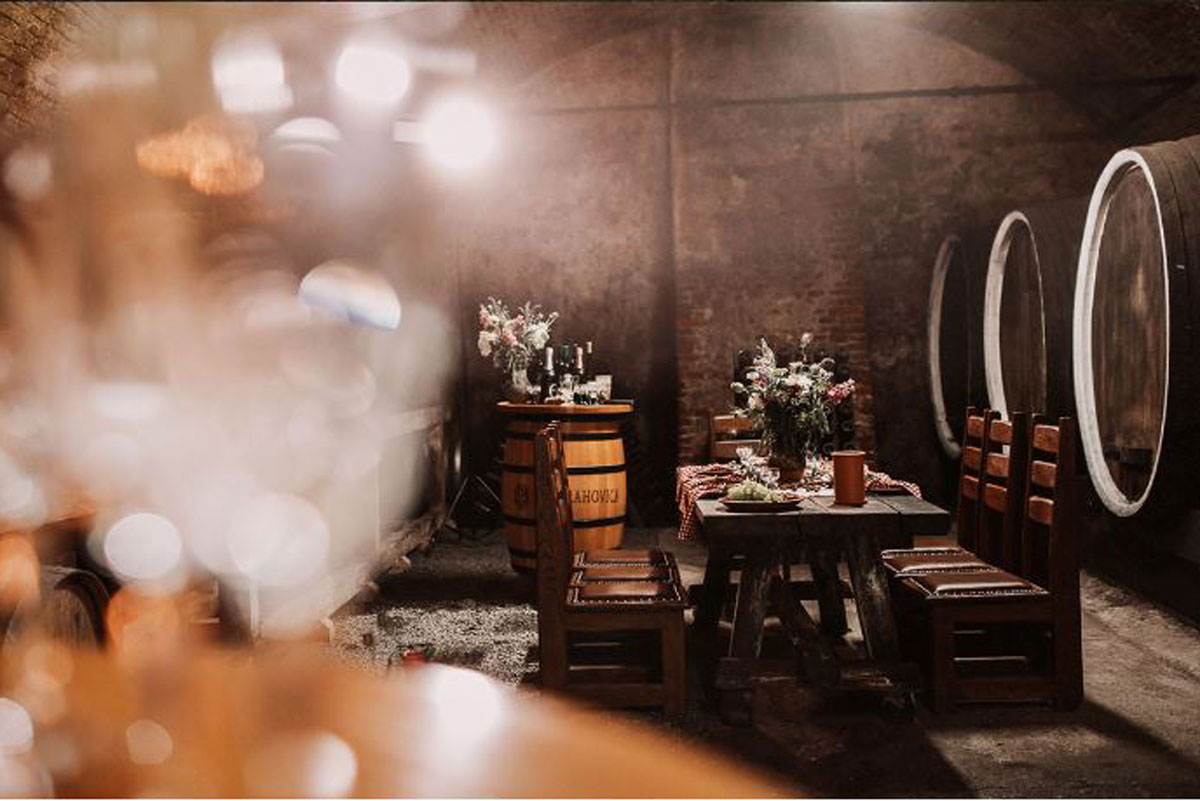
The Martin Albus Frankovka, renowned for its rich blend of blackberries, sour cherries, and subtle hints of vanilla and cloves, exemplifies the winery’s commitment to crafting wines with complexity and elegance.
The Martin Albus Silvaner is another testament to their expertise, benefiting from controlled yields and constant air movement. This wine presents fresh aromas of green apples, vineyard peach, and citrus fruits alongside a complex flavor profile.
Through such offerings, Martin Albus not only contributes significantly to the reputation of Slavonia’s wine scene but also invites wine enthusiasts to explore unique tastes stemming from meticulous cultivation practices and innovative vinification techniques.
Taste of Slavonia: Local Wine and Food Pairings
Discover how Slavonia’s wines perfectly complement local dishes, enriching the culinary experience for anyone looking to savor unique flavors.
Slavonia Kulen with Pinot Gris
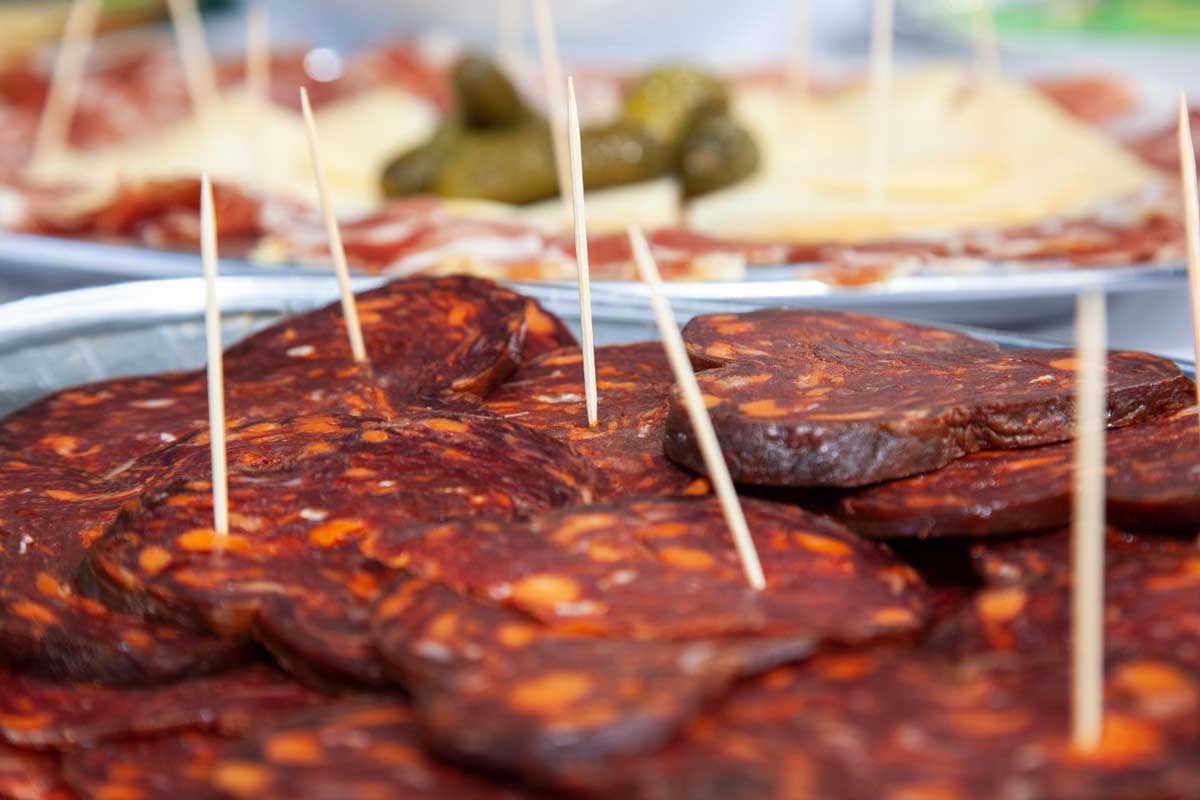
This unique combination highlights the region’s culinary diversity and showcases how local food traditions beautifully complement Slavonia’s winemaking expertise.
Visitors to the region delight in this pairing as part of their exploration of Slavonia’s rich wine and food culture.
This pairing not only tantalizes the palate but also provides insight into the harmonious relationship between Slavonia’s cuisine and its wines, making it a must-try for anyone touring this captivating area.
Fish Paprikas with Frankovka
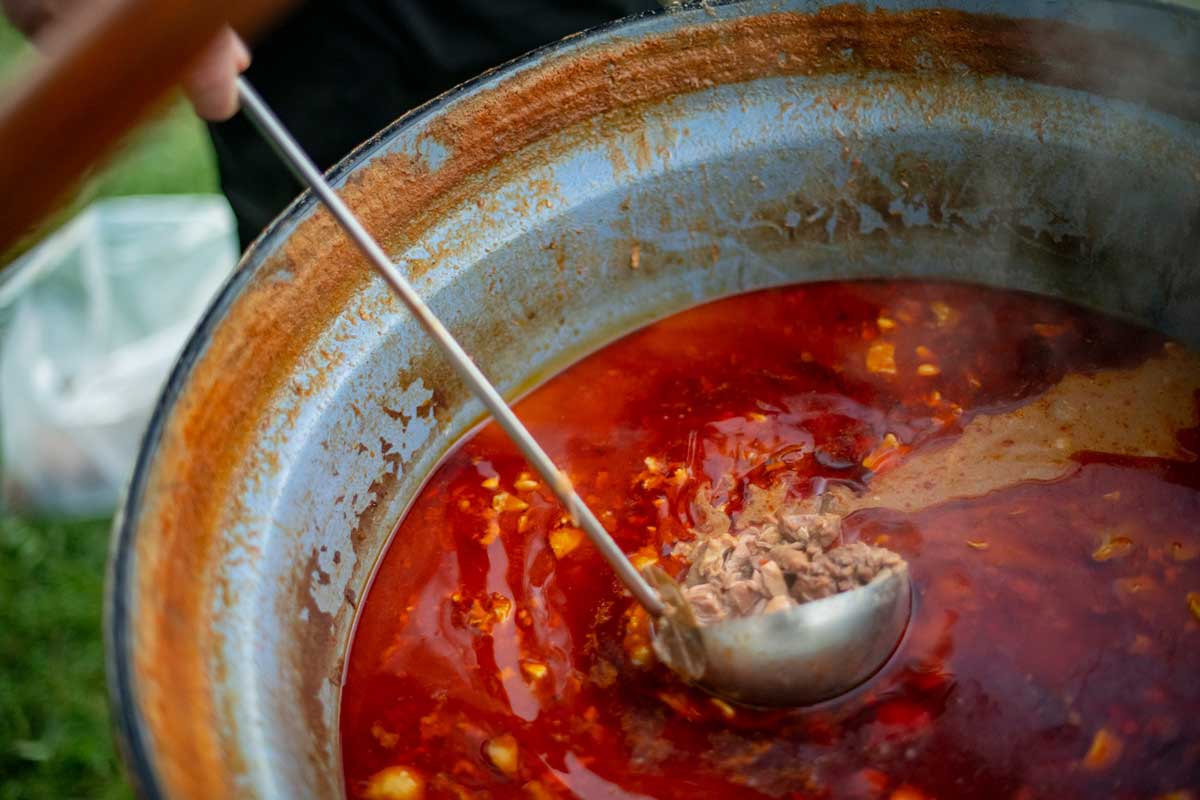
The marriage of Frankovka’s vibrant character with the spicy river fish stew creates an unforgettable dining experience, showcasing the region’s culinary heritage. Visitors to Slavonia treasure this pairing as it provides insight into the harmonious relationship between local cuisine and winemaking.
Frankovka thrives in Slavonia’s unique climate, benefiting from the nurturing banks of the Danube, Drava, and Sava Rivers. These conditions yield grapes that are full of flavor, making Frankovka an excellent choice for those seeking to explore authentic regional tastes.
As you move on to discover more about Slavonia’s wines and food pairings, keep in mind how each element reflects the area’s rich cultural tapestry.
Frequently Asked Questions about Slavonia Wines
Many people ask if Slavonia wines have gained international acclaim. Yes, these wines from the Croatian Danube region are celebrated worldwide for their quality and affordability.
However, they’re still unrecognized in global terms. Which makes them “undiscovered gems”.
Enthusiasts often wonder about the best time to visit Slavonia for wine tasting.
Spring and fall emerge as ideal seasons, offering a pleasant climate and the opportunity to experience local grape harvests.
Curiosity also surrounds the types of grapes grown in Slavonia. Among them, Graševina stands out as an essential, but it would be a huge mistake not to taste other varieties like Frankovka, Pinot Gris, Silvaner, and Traminer that thrive in this area’s unique terroir.
Visitors frequently inquire about pairing these wines with local cuisine. Slavonian Kulen paired with Pinot Gris or Fis Paprikas matched with Frankovka are just some of the delightful combinations recommended by experts to savor the taste of this rich wine culture.
Conclusion
Discovering the diverse wine types of Slavonia offers a rich journey through unique terroir, distinctive grape varieties, and sumptuous local pairings. This guide provides clear and useful insights into cultivating appreciation for Slavonia’s winemaking heritage.
The simplicity of exploring these wines shows that anyone can embark on this flavorful adventure with ease. Emphasizing the region’s beautiful landscapes and historic wineries invites enthusiasts to delve deeper into its culture.
Let each glass inspire a deeper connection to the traditions and innovations that shape Slavonia’s vibrant wine scene.
FAQs
1. What types of wines can I find in Slavonia?
In Slavonia, you’ll discover a rich variety of wines including Graševina, Pinot Gris, Silvaner, Sauvignon Blanc, Chardonnay, Riesling, and also Frankovka, Zweigelt, Cabernet Sauvignon, Merlot, Pinot Noir…
2. How does climate change affect Slavonia’s wine production?
Climate change impacts Slavonia’s vineyards by altering the growth cycles of grapevines. This means that buds may appear earlier or later than usual, affecting the quality and quantity of wine grapes produced each year.
3. Can you pair traditional Istrian dishes with Slavonian wines?
Absolutely! The flavors of Istrian dishes blend perfectly with modern-made Slavonian wines. For instance, Sauvignon complements seafood dishes beautifully while the fuller-bodied Frankovka pairs well with heartier meals like pork sausage or eggplant recipes.
5. Are there any indigenous grape varieties specific to this region?
Yes, several indigenous grape varieties exist in the region besides Graševina, which is the most widespread Croatian grape variety. However, in terms of commercial winemaking, Slavonians turned a long time ago to international varieties making characterful wines.



